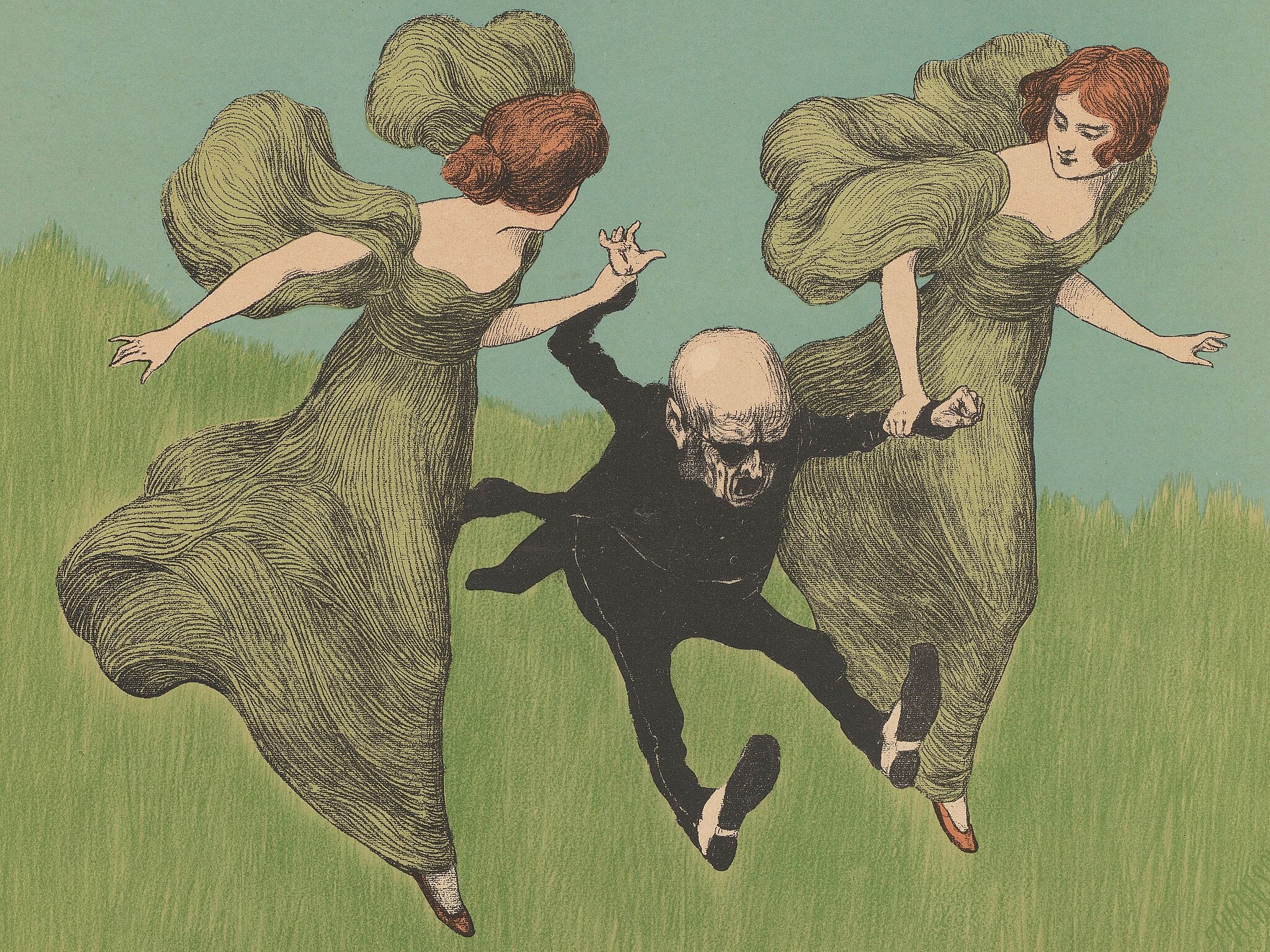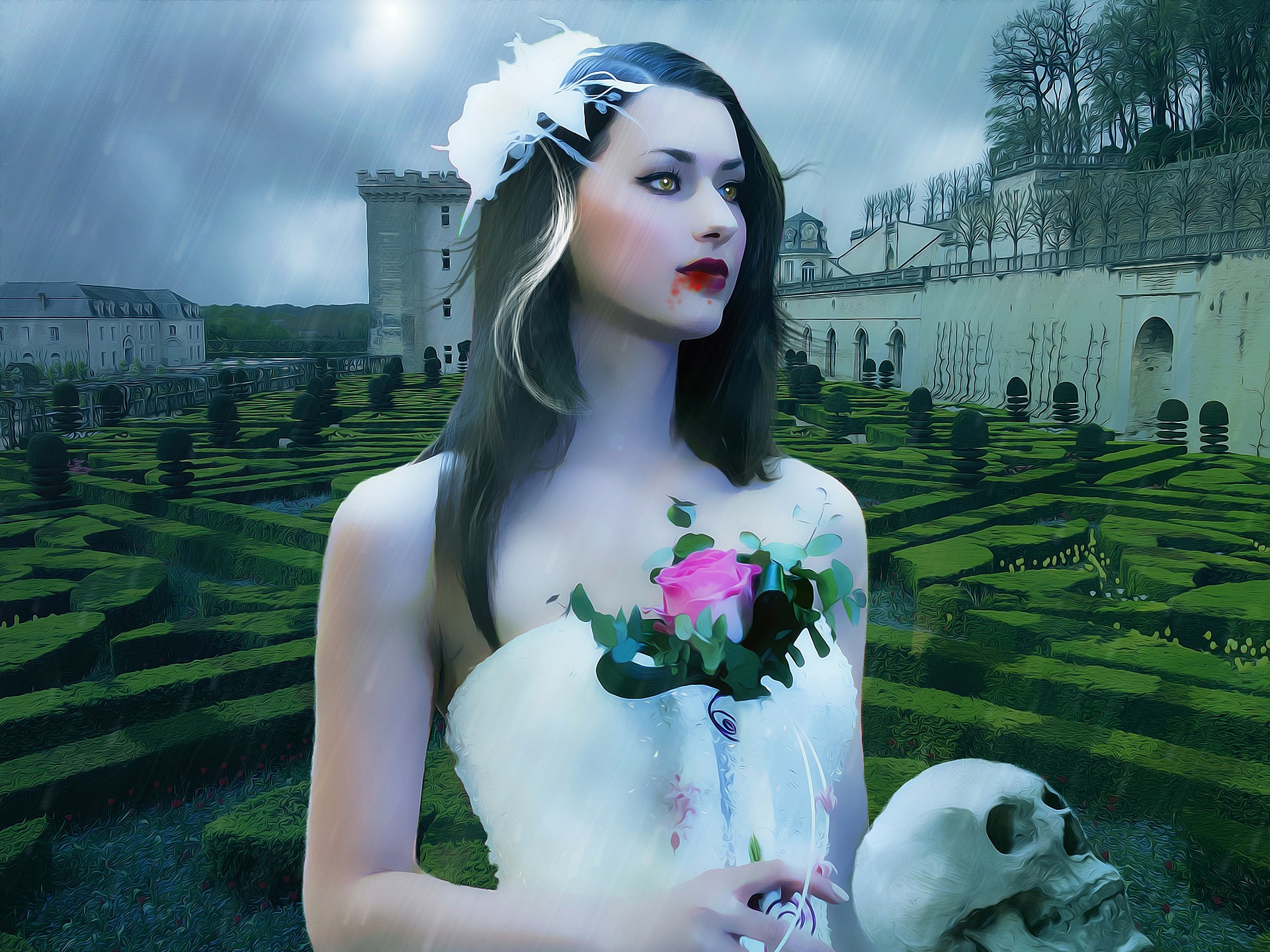The Enduring Philosophical Impact of Lewis Carroll’s Masterpiece
In the pantheon of children’s literature, few works endure with the philosophical richness and cultural impact of Lewis Carroll’s Alice’s Adventures in Wonderland. Published in 1865, Carroll’s surreal tale of a young girl’s descent into the illogical world of Wonderland has long transcended its genre, captivating readers of all ages with its clever wordplay, vivid characters, and seemingly nonsensical plot. Beneath the whimsy and fantastical imagery, however, lies a sophisticated meditation on identity, growth, and the bewildering transition from childhood innocence to the strange and rule-bound world of adulthood.
Alice in Wonderland: A Coming-of-Age Journey Through Nonsense
At its core, Alice’s Adventures in Wonderland is a coming-of-age narrative cloaked in absurdity. As Alice navigates the surreal landscape, encountering anthropomorphic animals, philosophical riddles, and social rituals turned on their heads, she confronts the instability of her identity.
Her frequent size changes, shrinking and growing to absurd proportions are not merely visual gags, but metaphorical representations of the growing pains of adolescence.
Unlike traditional bildungsroman where the protagonist matures linearly, Alice’s journey is recursive and paradoxical. She gains knowledge only to question its meaning; she asserts her identity only to lose it moments later. In this sense, Carroll challenges the Victorian ideal of orderly moral development, instead presenting maturation as disorienting, unpredictable, and deeply subjective.
Wonderland’s Absurdity as Existential Commentary
Carroll, a logician by trade, weaponizes absurdity to brilliant effect. Wonderland is a place where language betrays logic, social conventions crumble, and meaning is constantly deferred. The Queen of Hearts’ arbitrary executions, the Mad Hatter’s riddle without an answer, and the Cheshire Cat’s fragmented presence all mock the rational structures adults impose on the world.
But the absurdity is not nihilistic. Rather, it mirrors the child’s experience of adult systems, such as school, etiquette, bureaucracy as inherently nonsensical. In a postmodern light, Carroll’s nonsense feels prescient. He anticipates a world where objective meaning is unstable, and identity is fluid. In this regard, Alice can be read not just as children’s fantasy, but as proto-existential literature.
Feminist Themes in Alice’s Adventures in Wonderland
Though not explicitly feminist, Alice’s Adventures in Wonderland centres a young girl who continually challenges the authority of her environment. She interrogates the logic of the creatures she meets, questions arbitrary rules, and often expresses frustration when she is not taken seriously. In contrast to the passive, moralizing heroines of Victorian fiction, Alice is assertive, curious, and intellectually agile.
The absurd caricatures of authority from the tyrannical Queen to the bumbling King and the vacuous court system function as satirical critiques of rigid hierarchies.
In doing so, Carroll aligns himself, however subtly, with a subversive questioning of power and a celebration of independent thought.
Why Lewis Carroll’s Alice Remains Culturally Significant
The enduring relevance of Alice’s Adventures in Wonderland lies in its ability to be endlessly reinterpreted. To the child, it is a dreamscape of fantastical possibilities. To the adolescent, it is a mirror to the confounding process of growing up. To the adult, it is a satire on the absurdity of human systems. In a digital age marked by identity flux, disinformation, and the collapse of traditional narratives, Carroll’s Wonderland feels oddly familiar, even prophetic.
In our current cultural moment with its emphasis on questioning norms, resisting binaries, and navigating liminal spaces Alice remains an essential text. It reminds us that sense and nonsense are often two sides of the same coin, and that the journey to self-understanding is not linear, but circuitous and often surreal.
10 Books That Echo Alice in Wonderland’s Themes
If you’ve appreciated the philosophical depth of Carroll’s classic, consider these modern and classic works that explore similar territory:
- The Ocean at the End of the Lane by Neil Gaiman
A dreamlike tale of childhood memory and cosmic horror, Gaiman’s novel explores the fragile boundary between innocence and experience. Like Alice, it submerges readers in a child’s-eye view of a fantastical reality that reflects deeper psychological truths. - Coraline by Neil Gaiman
In this dark modern fairy tale, a brave girl steps through a hidden door into a mirror world that offers everything she wants at a terrible cost. Gaiman channels Carroll’s surrealism and feminist undercurrents with chilling precision. - The Book of Lost Things by John Connolly
Set during World War II, this novel follows a grieving boy who escapes into a twisted fantasy realm shaped by his subconscious fears and desires. It mirrors Alice’s journey through metaphor and coming-of-age symbolism. - The Wind-Up Bird Chronicle by Haruki Murakami
Murakami’s Kafkaesque narrative, where the protagonist descends into surreal spaces both literal and psychological, reflects Carroll’s themes of identity, absurdity, and the search for meaning in chaos. - We Have Always Lived in the Castle by Shirley Jackson
Jackson’s Gothic novella offers a disorienting portrait of girlhood and isolation. With its unreliable narrator and distorted reality, it resonates with Alice’s themes of identity destabilization and subversive femininity. - Life of Pi by Yann Martel
A castaway’s survival story that blurs the lines between truth and fiction, Life of Pi questions the nature of narrative itself. It shares Alice’s fascination with the intersection of belief, perception, and storytelling. - Slaughterhouse-Five by Kurt Vonnegut
Vonnegut’s antiwar classic is a masterclass in absurdism. Its nonlinear narrative, satirical tone, and fluid sense of time align it with Carroll’s philosophical playfulness — albeit with darker stakes. - The Left Hand of Darkness by Ursula K. Le Guin
This science fiction novel explores gender fluidity and the construction of identity on a distant planet. Le Guin, like Carroll, destabilizes norms and uses speculative fiction to reimagine human experience. - Piranesi by Susanna Clarke
A solitary man inhabits a vast and surreal House filled with statues, tides, and mysteries. Clarke’s prose evokes the dream logic of Wonderland, while offering a moving meditation on memory, perception, and knowledge. - Orlando by Virginia Woolf
Woolf’s gender-bending, time-traveling protagonist echoes Alice’s fluid sense of self and her resistance to societal expectations. It’s a poetic, philosophical companion to Carroll’s classic.
Conclusion: The Timeless Appeal of Wonderland
Alice’s Adventures in Wonderland endures because it resists being pinned down. It is a children’s book that unsettles adults, a fantasy that critiques reality, and a mirror that distorts to reveal truth.
In a world that grows more nonsensical by the day, Alice’s descent down the rabbit hole remains not only relevant, but necessary for understanding our complex relationship with reality, identity, and meaning.
Whether you’re approaching the text as a literary scholar, a casual reader, or introducing it to a new generation, Carroll’s masterpiece continues to offer fresh insights into the human condition through its seemingly nonsensical world.



